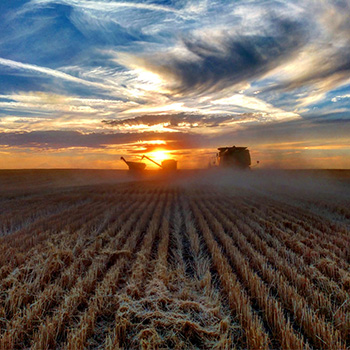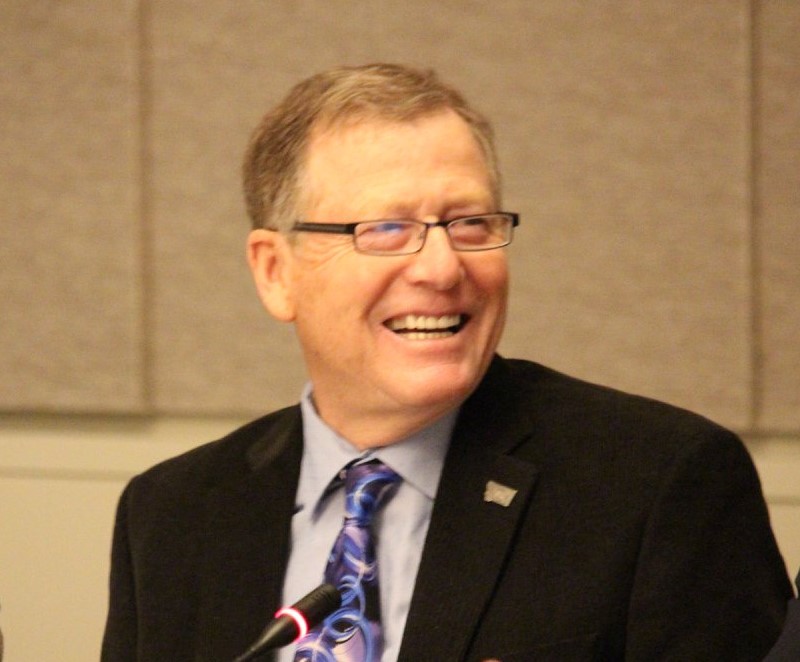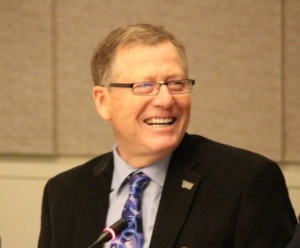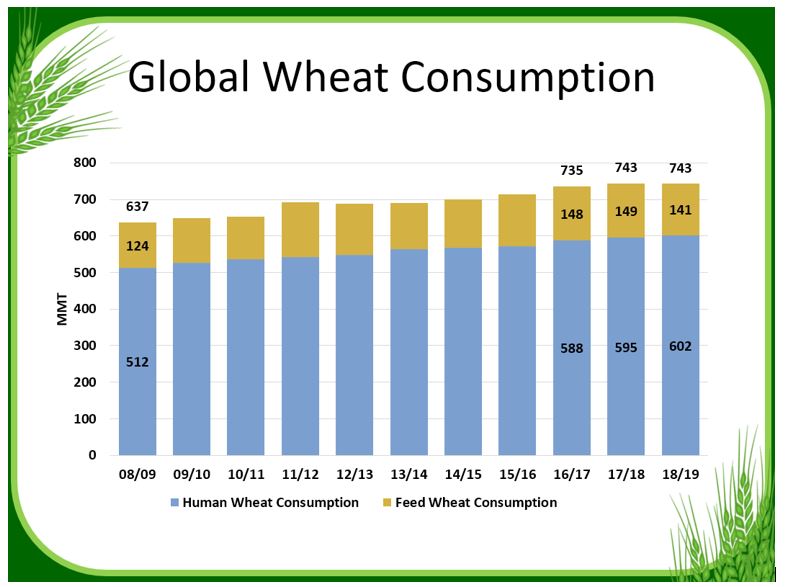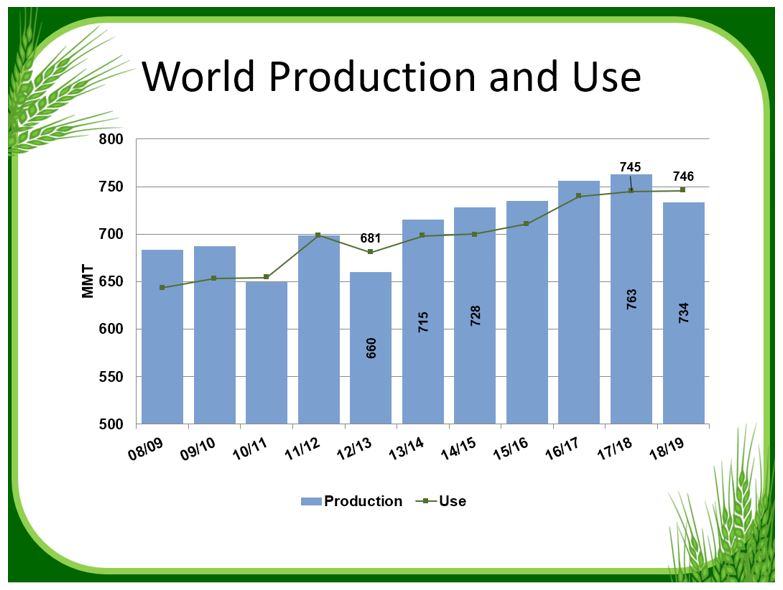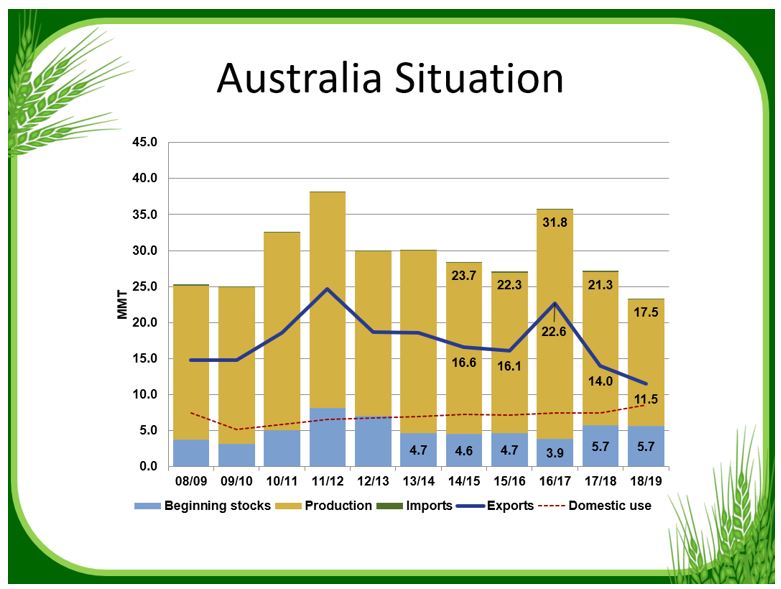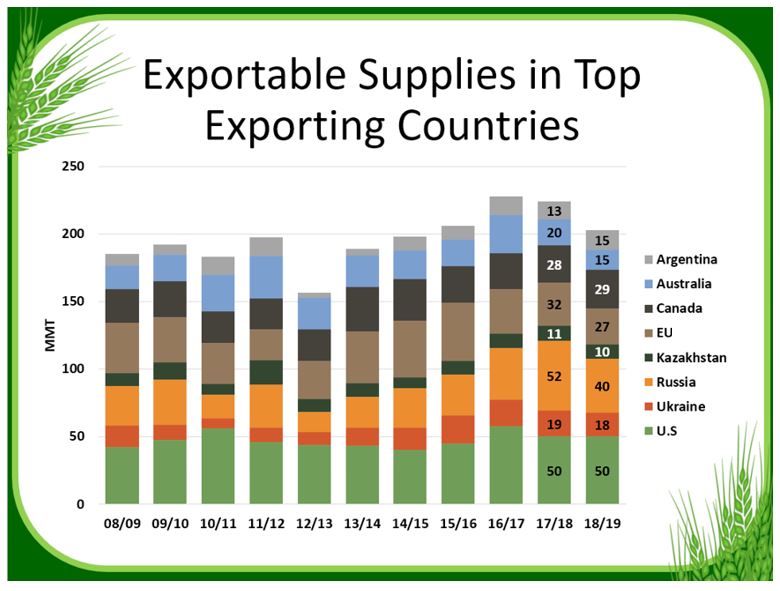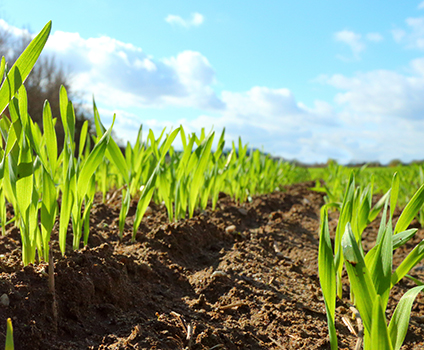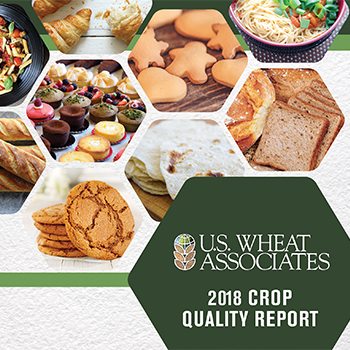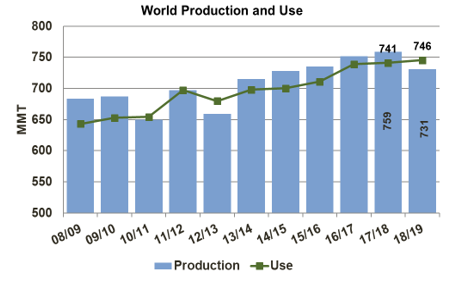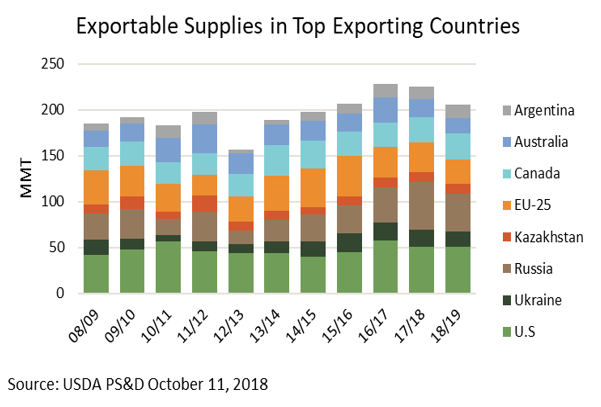Recent news and highlights from around the wheat industry.
Quote of the Week: “Farming is a challenging occupation, and I want to thank all of you and the thousands of farmers that you represent for staying the course.” – Chris Kolstad, USW Chairman and Montana wheat farmer
Thanksgiving. The USW Headquarters Office in Arlington, Va., and West Coast Office in Portland, Ore., will be closed Nov. 22 to 23 for the Thanksgiving holiday.
Congratulations to Milling and Baking Technologist Tarik Gahi and his wife Sabrine who gave birth to a baby girl named Ayda on Nov. 2. We are very happy for our colleague and his family based in Casablanca, Morocco!
Commitment to Science-Based Regulations. The American Seed Trade Association (ASTA) recently welcomed the proactive, coordinated action by 13 countries, including the United States, in signing onto the International Statement on Agricultural Applications of Precision Biotechnology. The statement reiterates an international commitment to the fair, science-based treatment of evolving plant breeding methods, like gene editing, around the world. “This is a strong showing of support by governments around the world in recognition of the necessity of continued evolution in plant breeding, and the critical role that it will play in ensuring a more sustainable and secure global food production system,” said ASTA President & CEO Andrew LaVigne. The statement was released Nov. 2 in Geneva at the World Trade Organization (WTO) Committee on the Application of Sanitary and Phytosanitary Measures.
Scholarship Awarded. The 2018 National Wheat Foundation (NFW) and U.S. Wheat Associates Scholarship was awarded to Matthew Winterholler, a senior majoring in agricultural communications at Texas Tech University, during the National Association of Farm Broadcasting (NAFB) convention Nov. 7. The scholarship is one of several awarded by the NAFB Foundation. NFW and USW donated funds for the scholarship to recognize the 75th anniversary of NAFB and U.S. farm broadcasters serving wheat growers around the country.
Washington Grower Breaks 200 Bushels Per Acre. Last week the National Wheat announced the winners of its 2018 National Wheat Yield Contest. Washington State wheat grower Phillip Gross topped the 200 bu/ac level for the first time ever in the contest and took top yield honors for the third year in a row. The contest recognizes winners in two primary competition categories: winter wheat and spring wheat, and two subcategories: dryland and irrigated with entries required to meet standard or better grade factors. Read more by clicking here.
A Project to Extend the Shelf Life and Improve the Flavor of whole wheat products was announced Nov. 6 as part of a new collaboration between U.S.-based Ardent Mills and Arcadia Biosciences Inc. The project relies on Arcadia’s patented “extended shelf life” wheat trait technology developed through traditional plant breeding. According to Arcadia and Ardent Mills, flour milled from that wheat oxidizes more slowly, extending its storage life, reducing waste and improving the taste by minimizing the bitterness some consumers associate with whole wheat products. Read more by clicking here.
National Wheat Foundation Scholarship. The National Wheat Foundation’s Jerry Minore Scholarship honors high school and college students pursuing an agricultural career. “The purpose of the Jerry Minore Scholarship is to help students who are passionate about agriculture at school and at home,” said National Wheat Foundation Chairman Wayne Hurst. “Our students are the future. They will go on to educate the next generation about wheat, agriculture and their role in society.” The application deadline is Dec. 1, 2018. Click here to learn more and apply.
Subscribe to USW Reports. USW publishes a variety of reports and content that are available to subscribe to, including a bi-weekly newsletter highlighting recent Wheat Letter blog posts, the weekly Price Report and the weekly Harvest Report (available May to October). Subscribe here.
Follow USW Online. Visit our page at https://www.facebook.com/uswheat for the latest updates, photos and discussions of what is going on in the world of wheat. Also, find breaking news on Twitter at www.twitter.com/uswheatassoc and video stories at https://www.youtube.com/uswheatassociates.

